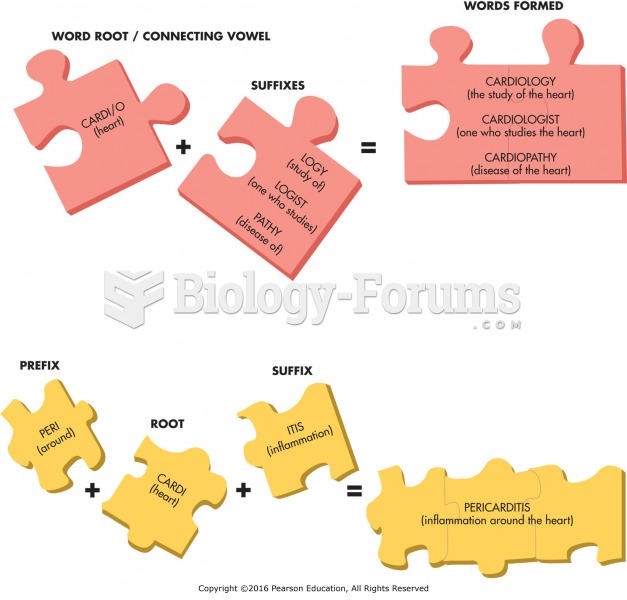Answer to Question 1
In stress-management programs, individuals practice a variety of procedures presented to them in a workbook. First, they learn to monitor their stress closely and to identify the stressful events in their daily lives. Clients are taught to be specific about recording the times they experience stress, the intensity of the stress, and what seems to trigger it. They also note the somatic symptoms and thoughts that occur when they are stressed. All this monitoring becomes important in carrying through with the program, but it can be helpful in itself because it reveals precise patterns and causes of stress and helps clients learn what changes to make to cope better.
After learning to monitor stress, clients are taught deep muscle relaxation, which first involves tensing various muscles to identify the location of different muscle groups. Clients are then systematically taught to relax the muscle groups beyond the point of inactivity, that is, to actively let go of the muscle so that no tension remains in it.
Appraisals and attitudes are an important part of stress, and clients learn how they exaggerate the negative impact of events in their day-to-day lives. In the program, therapist and client use cognitive therapy to develop more realistic appraisals and attitudes. In this program, individuals work hard to identify unrealistic negative thoughts and to develop new appraisals and attitudes almost instantaneously when negative thoughts occur. Such assessment is often the most difficult part of the program. Finally, clients in stress-reduction programs develop new coping strategies, such as time management and assertiveness training. During time-management training, patients are taught to prioritize their activities and pay less attention to nonessential demands. During assertiveness training, they learn to stand up for themselves in an appropriate way. Clients also learn other procedures for managing everyday problems.
Some evidence suggests that chronic reliance on over-the-counter analgesic (pain reliever) medications lessens the efficacy of comprehensive programs in the treatment of headache and may make headaches worse because patients experience increased headache pain every time the medication wears off or is stopped.
A variety of programs focusing on behavior change have proved effective for preventing injuries in children. For example, children have been systematically and successfully taught to escape fires, identify and report emergencies, safely cross streets, ride bicycles safely, and deal with injuries such as serious cuts. In many of these programs, the participating children maintained the safety skills they had learned for months after the interventionas long as assessments were continued, in most cases. Because little evidence indicates that repeated warnings are effective in preventing injuries, programmatic efforts to change behavior are important. Such programs, however, are nonexistent in most communities.
Answer to Question 2
Biofeedback refers to the process of making patients aware of specific physiological functions that they would not ordinarily notice such as heart rate and muscle tension. Using feedback regarding their responses, they are taught to alter or change these responses to promote relaxation. Biofeedback has been shown to be effective at controlling a number of types of pain, including headaches. Relaxation and meditation techniques focus on helping people to focus attention on either a single thought or image, or part of the body, in order to promote the relaxation response. By minimizing distractions, people learn to focus on internal sensations. This process can promote a sense of calm, control, and mastery, and relax the body. Such techniques have been shown to have positive effects on headaches, hypertension, and some types of acute and chronic pain.







